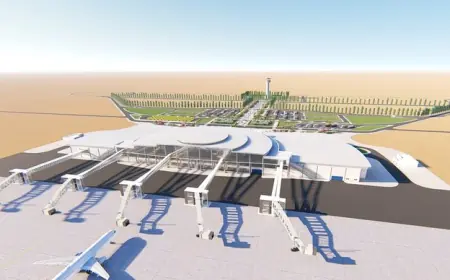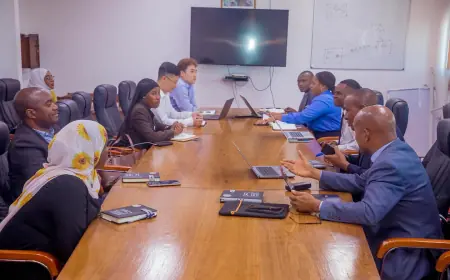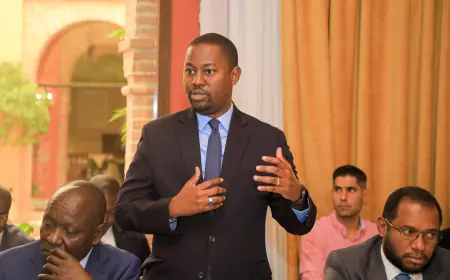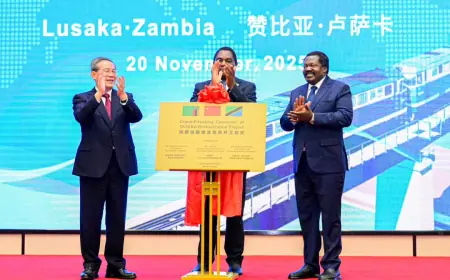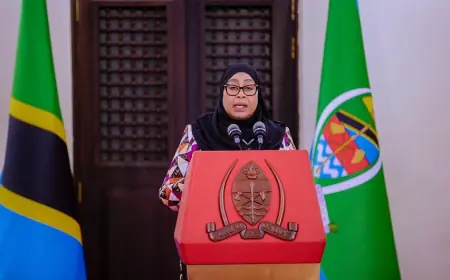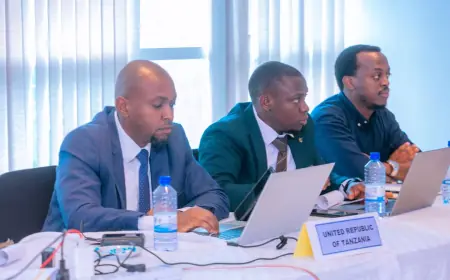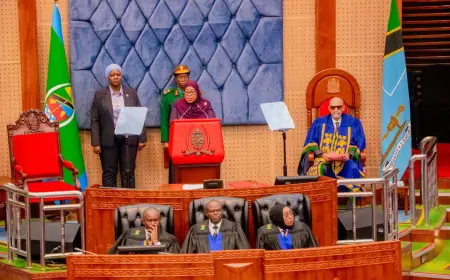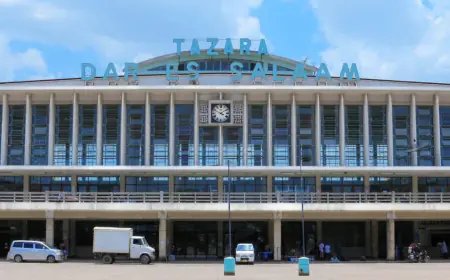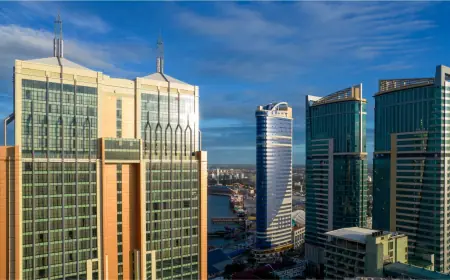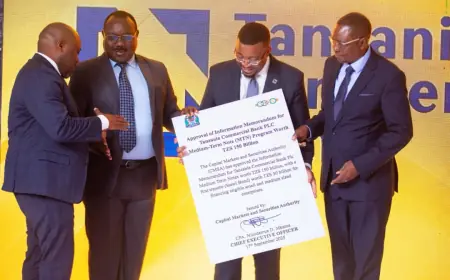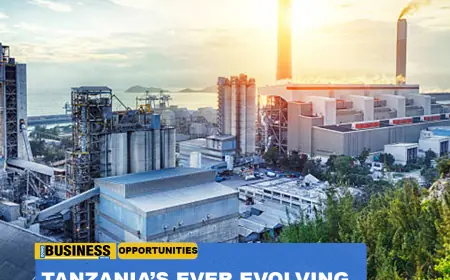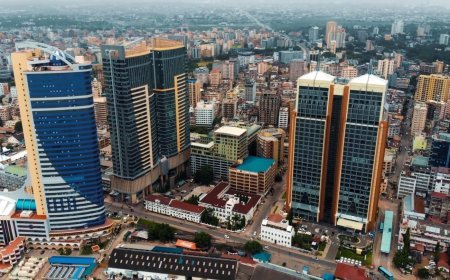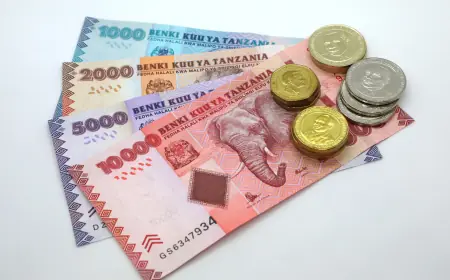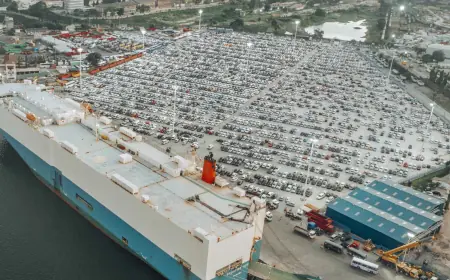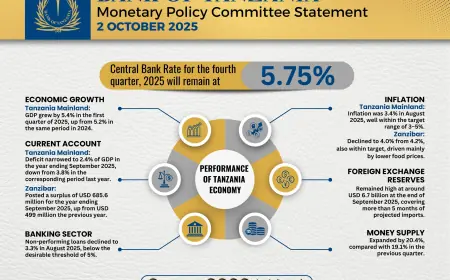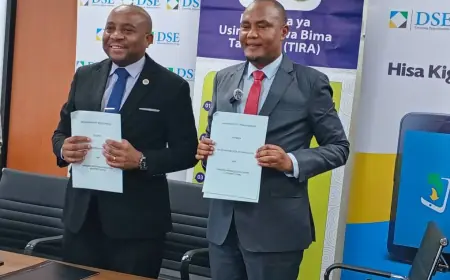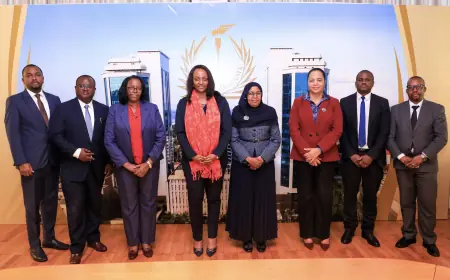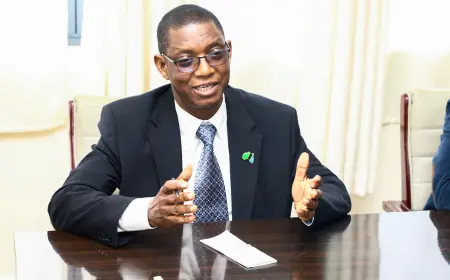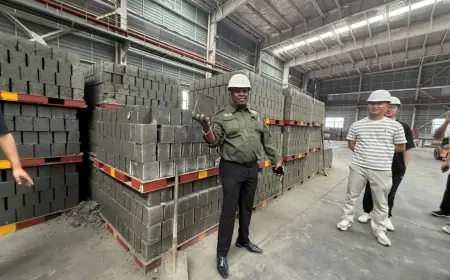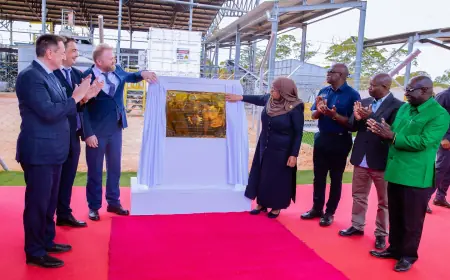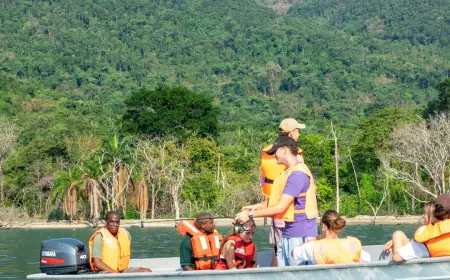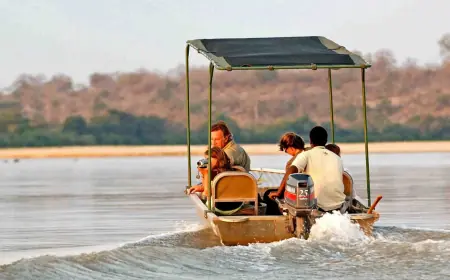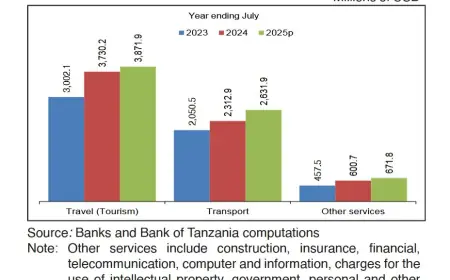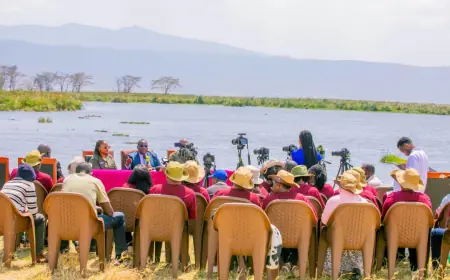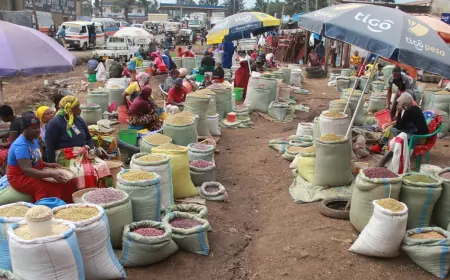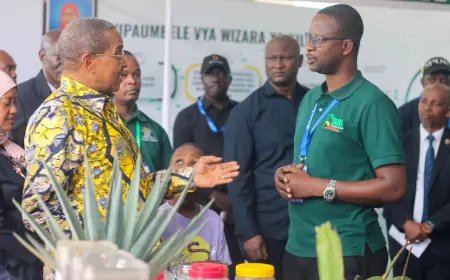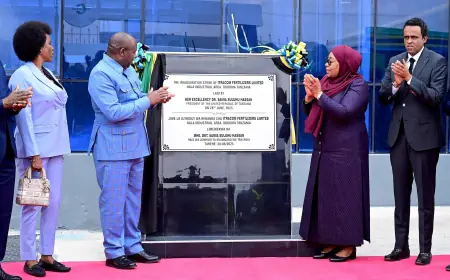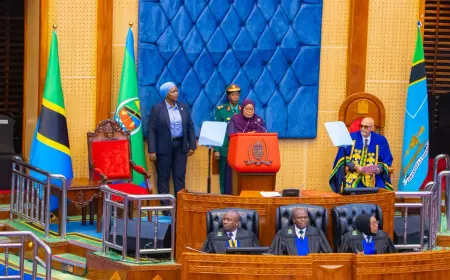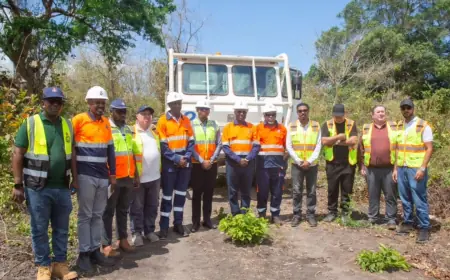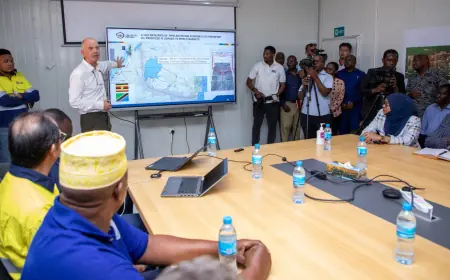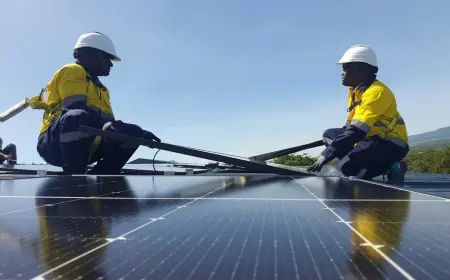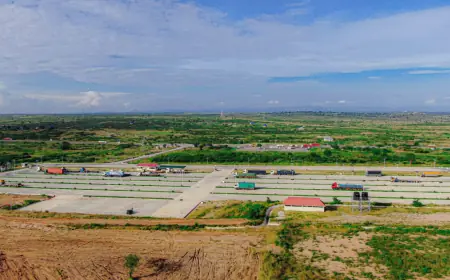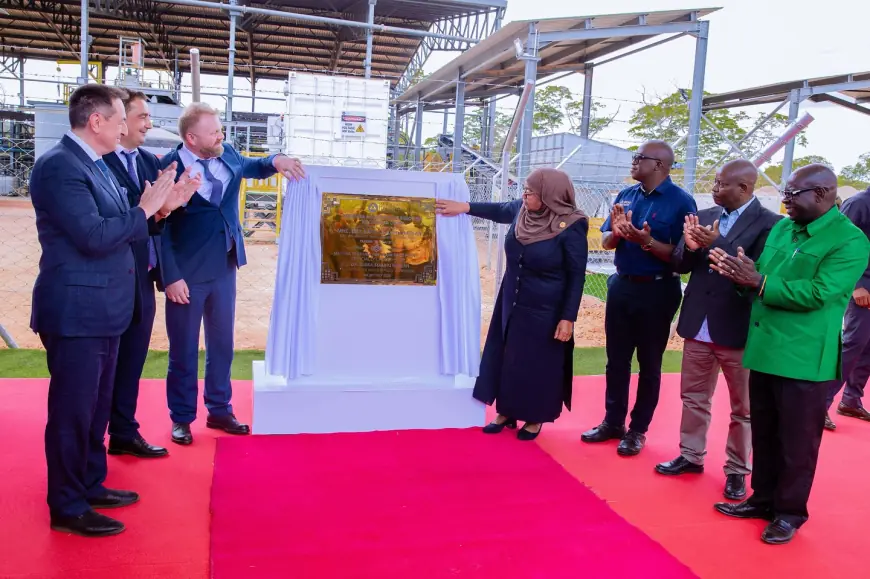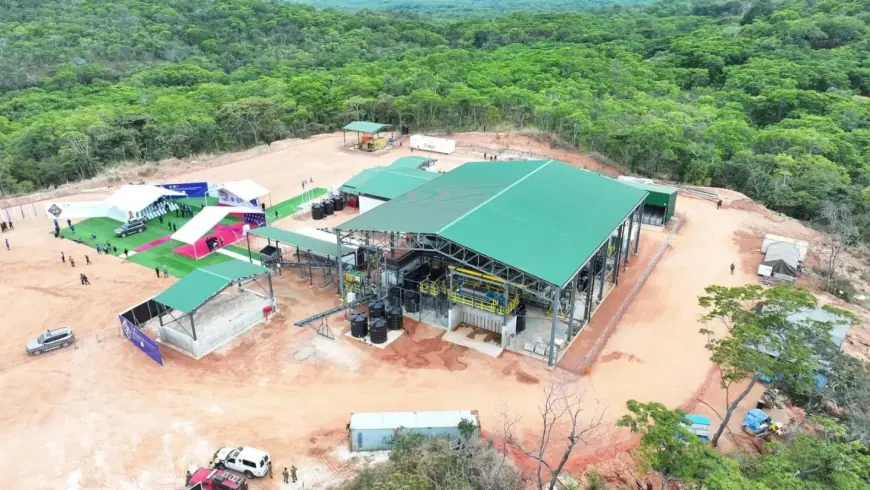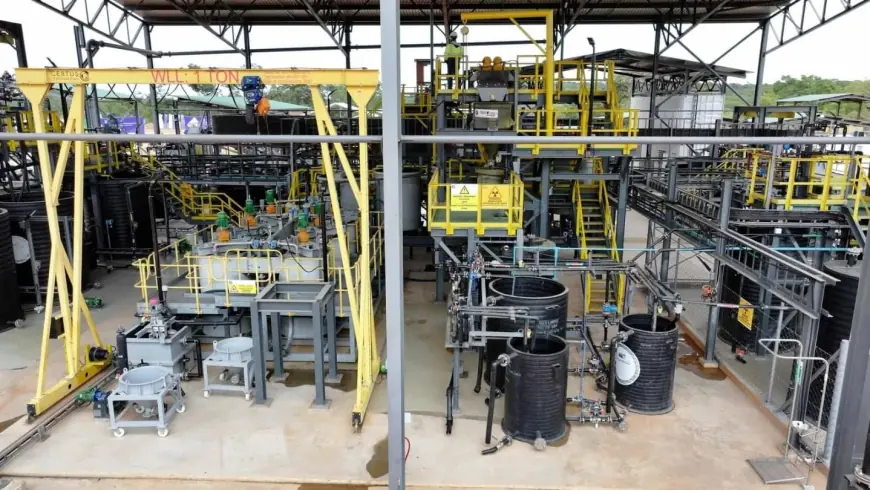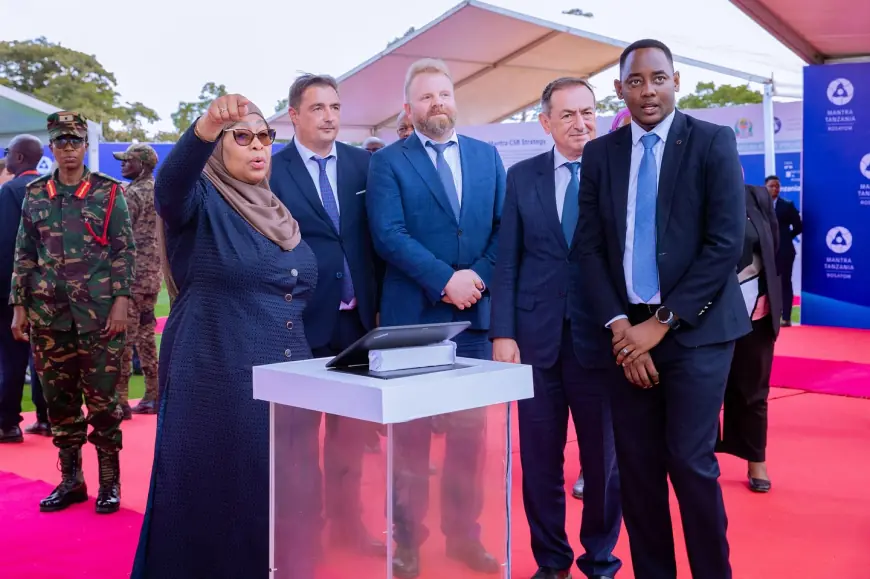Tanzania joins global uranium producers with launch of pilot processing plant
President Samia Suluhu Hassan on July 30 commissioned uranium pilot processing plant in Ruvuma Region built and operated by Mantra Tanzania Limited on the Mkuju River Uranium Project
Namtumbo, Ruvuma. Tanzania has officially positioned itself within the global nuclear energy value chain following the commissioning of its first uranium pilot processing plant on July 30, 2025.
The facility, located at the Mkuju River uranium reserves in Namtumbo District, Ruvuma Region, marks the initial phase of the Mkuju River Uranium Project, and signals the country’s entry into the strategic, exclusive group of nine nations currently undertaking full-scale uranium mining.
The countries already active in uranium extraction include Kazakhstan, Canada, Australia, Namibia, Russia, Uzbekistan, China, the United States and Niger. Tanzania now becomes the tenth country to operationalise a uranium mining project.
President Samia Suluhu Hassan, who presided over the commissioning ceremony, described the development as a strategic milestone expected to yield far-reaching socio-economic benefits over the project’s estimated 20-year lifespan.
She, however, underscored the paramount importance of environmental stewardship, ordering relevant regulatory institutions to uphold strict environmental and safety standards.
“The pilot plant must comply fully with the environmental impact assessment (EIA) conditions and international protocols governing uranium mining,” President Samia said.
She directed the Vice President’s Office (Environment and Union), the Tanzania Atomic Energy Commission (TAEC), the Ministry of Minerals and other relevant agencies to intensify oversight and ensure environmental safeguards are robustly implemented.
To strengthen institutional readiness, she further instructed key officials to visit Namibia and study its longstanding uranium mining experience, particularly in environmental and public health protection.
Tanzania’s uranium deposits, as identified through various studies, are spread across several regions including Namtumbo (Mkuju River), Bahi, Galapo, Minjingu, Mbulu, Simanjiro, Lake Natron, Manyoni, Songea, Tunduru, Madaba, and Nachingwea.
The Mkuju River Uranium Project alone is projected to produce approximately 300,000 tonnes of uranium annually once in full operation.
President Samia enumerated several economic benefits the country expects to derive from the project.
These include a total capital investment of $1.2 billion, the creation of 750 direct jobs, and between 3,500 and 4,000 indirect employment opportunities.
Additionally, a further 45,000 jobs are expected to be created through associated activities linked to the project.
In terms of government revenue, the uranium project is projected to generate $373 million in royalties, $26 million from tree-felling fees, $15.7 million from withholding tax, $20.8 million from licensing fees, $1.01 billion in corporate tax, and $40 million in dividends from the government’s 20 percent equity stake in the uranium processing plant.
On his part, Mr Pavel Larionov, President of Uranium One Group, the parent company of Mantra Tanzania Limited, hailed the commissioning of the pilot plant as a pivotal step towards establishing a full-fledged uranium industrial complex in Tanzania.
“The industrial phase of this project will see the construction of a primary processing plant with a capacity of up to 3,000 tonnes of uranium per year,” he said, adding that construction of the main facility is scheduled to begin in early 2025, with commissioning expected in 2029.
Mr Larionov further noted that the full-scale project will significantly contribute to the development of Namtumbo District through the creation of more than 4,000 direct jobs and indirect support to approximately 20,000 individuals through supply chain linkages and ancillary economic activities in the mining sector.
As Tanzania takes this consequential step into uranium mining, the emphasis remains on achieving a delicate balance between economic advancement and the sustainable management of environmental and human health risks.
What's Your Reaction?
 Like
0
Like
0
 Dislike
0
Dislike
0
 Love
0
Love
0
 Funny
0
Funny
0
 Angry
0
Angry
0
 Sad
0
Sad
0
 Wow
0
Wow
0
